The streets of Old Delhi is a stark contrast to what most other parts of Delhi has to offer. History, food, and shopping, it is replete with time-warped surprises that took us many years to discover. A day in Chandni Chowk, Old Delhi is capable of taking you to another era. If you are a foodie, art collector, history buff, or photographer, this one is for you.
There are guides and guides about travel attractions of Old Delhi and uncountable articles on top food places to eat in Old Delhi. But this travel guide is going to be different. We are going to tell you how to get the best of both worlds while you are here. When you visit popular tourist attractions in Old Delhi, we will guide you to which is the best place to eat or what is the best dish to try. As a bonus, we are going to tell you about the hottest shopping zones of Chandni Chowk Market. And all this can be done in a day!
So without further ado let us start on this journey of whimsical charm.
Contents
VISIT
Red Fort
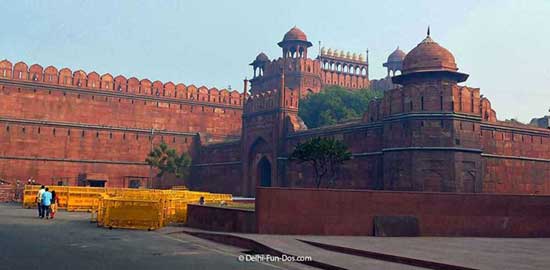
Red Fort or Lal Qila is the most popular monument in Old Delhi. The white marble–red stone edifice was built by Emperor Shah Jahan when the capital of the Mughal Empire was shifted from Agra to Delhi. The sprawling fort was completed in the year 1648 and was the Delhi home to later Mughal rulers.
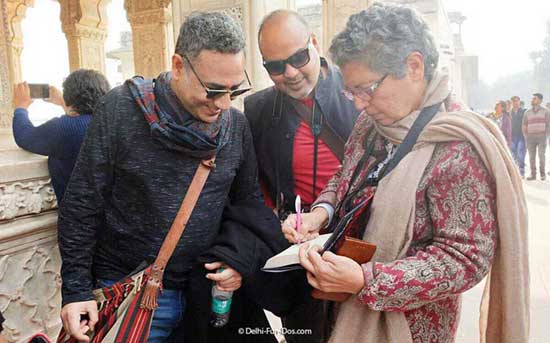
Historian Rana Safvi writes that the Red Fort was converted to a mini-city in this phase. People from all over came and settled here. Houses, mosques, temples, and bazaars reflected affluence and gave the area a festive feel. Hindus and Muslims lived in amity and the syncretic culture was to enrich us for generations to come. However, the happy days of Red Fort came to an end when it witnessed one of the bloodiest chapters of India’s freedom struggle. As an angry reaction to the Sepoy Mutiny in 1857, plunders and pogroms by British soldiers virtually annihilated life in the fort. The last Mughal Emperor Bahadur Shah Zafar was evicted and exiled to Burma. Most of the fort was destroyed as well. The British Government later repaired some parts of what remained and used that as their garrison.
Notwithstanding the chequered history, what remains is still a fine example of the refined architecture of the era. Post Independence of India, some parts of the Red Fort has been converted to a museum. The Prime Minister of India hoists the National Flag and addresses the nation from the Red Fort on Independence Day.
How to reach Red Fort or Lal Qila: You can easily reach Red Fort via metro; cab or drive. They have a huge parking adjacent to Red Fort. We have never been out of luck at this parking. The nearest metro station is Lal Qila on Violet Line which is very close to Red Fort.
Jama Masjid, Old Delhi

Red Fort to Jama Masjid is a longish walk. It is also a single station if you prefer metro rail or you can take an electric rickshaw too. Jama Masjid is one of the largest mosques of India and is sometimes called the National Mosque of India.
Commissioned by Mughal Emperor Shah Jahan, the mosque was completed in the year 1656. Thereafter it was the place of worship for later Mughal Emperors. The mosque was built in a combination of white marble and red sandstone and has two very high minarets that are significant to the Delhi skyline. The mosque has various ornamental details in line with the Taj Mahal in Agra and the Red Fort; all three monuments built by Shah Jahan. Wide staircases and arched gates are characteristic features of the Jama Masjid. In fact, the mosque was placed on a high platform so that it was visible from afar. It is said that the courtyard of this mosque can accommodate 25000 worshippers concurrently. The Jama Masjid draws a plethora of devotees and visitors every year.
How to reach Jama Masjid: You can Jama Masjid via metro; cab or drive. However, the parking area here is never adequate and without an attendant, can be difficult. The nearest metro station is Jama Masjid on Violet Line which opens almost at the gate of the mosque.
Gurudwara Sis Ganj Saheb
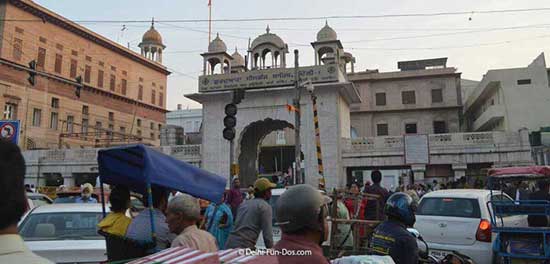
If you walk down the road opposite to Red Fort towards Chandni Chowk, you can’t miss the imposing gurudwara on your left. This has ornamental porticos on the outside. The doorway kind of is hidden in the hustle-bustle of that busy area and unlike other peaceful Gurudwaras such as Paonta Sahib or Shri Dukhniwaran Sahib, Patiala, Sis Ganj is rather boisterous. Once you enter through the gate, the white marble courtyard leads to the main shrine that has a grand golden altar resting Guru Granth, the Holy Book of Sikhism. Shabad Kirtan or musical recitation of the Guru Granth is held periodically and adds divinity to this place.
Sis Ganj Saheb features among the 9 historical gurudwaras of Delhi. However, it has a sad background. In the year 1675, the 9th Sikh Guru, Guru Tegh Bahadur was beheaded under orders of Mughal Emperor Aurangzeb at this spot. Sis Ganj Saheb was constructed in the year 1783 to commemorate the martyrdom of the Guru. Thereafter, the gurudwara became a revered shrine not only for Sikhs but also people from other faiths.
How to reach Gurudwara Sis Ganj: You can easily reach Gurudwara Sis Ganj via metro; cab or drive. However, parking is extremely difficult since the gurudwara does not have a dedicated space. The nearest metro station is Chandni Chowk on Yellow Line which is very close to Gurudwara Sis Ganj.
Also Watch:
EAT
Parathe Wali Gali
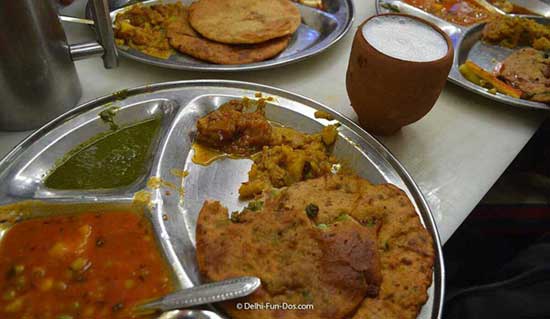
Paranthe Wali Gully near Red Fort is the most celebrated place in Delhi for parathas. It is one of the narrow lanes here and if you ask around, you would get directions easily. Earlier, a host of shops would operate here, but now only a few shops remain. These paratha outlets are small places and seating is cramped. More often than not, you would have to queue up for entry. But your efforts are so redeemed when you bite into a delicious paratha. Numerous varieties of vegetarian parathas are available with diverse stuffing made of vegetables, lentils, other pulses, and even dry fruits and desiccated milk or rabri. So you can easily go for round two or three. The parathas are served with hot curry and pickles.
Karim’s
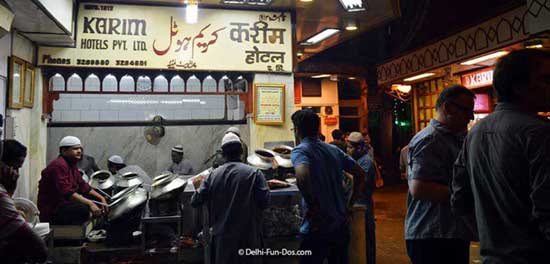
The legendary Karim Hotel is located in the lane opposite to Jama Masjid. It takes a few minutes to reach Karim’s from the mosque. Karim’s, apparently, was established in the year 1913 by a chef or bawarchi who was part of the Mughal royal kitchen. He wished to bring Mughlai food to commoners and established a simple hotel. Karim has grown leaps and bounds since then and has many fancy branches all over the National Capital Region. But the original Karim is still simple where you would have to share tables and in fact, queue up for entry. We recommend the mutton shami kebabs for starters and chicken Jahangiri and sweet sheermal bread for the main course. Their biryani is also very popular. The dishes are oily and some of these are spicy too. But it is an indulgence that must be experienced if you are non-vegetarian.
Qureshi Kabab Corner
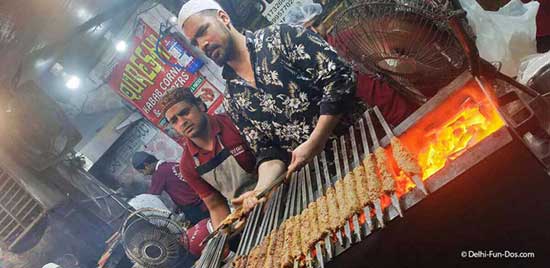
If you are fond of non-vegetarian food, we strongly recommend Qureshi’s, bang opposite Jama Masjid Gate No. 1. We love their seekh kababs with roomali roti and salad. We order multiple rounds of the melt-in-the-mouth kabab, notwithstanding the chilli heat. During times of Ramzan Food Walk, this food stall is very crowded. If you go on any other day, and avoid Friday evenings when Jama Masjid sees maximum religious congregation in the week, you are better off. The outlet on the main road is a takeaway joint and for many years we would have food packed. Much later we came to know they have seating arrangements in a building in the adjacent lane. Nothing fancy, but so in synch with what they serve. The attendant chappies are very nice too.
SHOP
Dariba Kalan
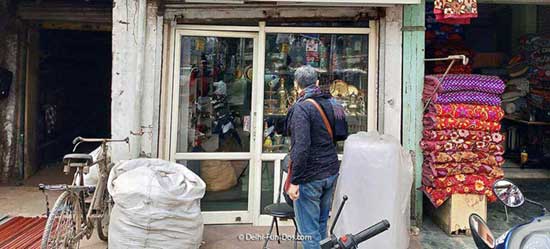
Dariba Kalan is one of the lanes on Chandni Chowk, a little before Gurudwara Sis Ganj Saheb. This place is a treasure trove for antique lovers. The array of shops here sells precious kundan and jadau jewellery, silver utensils and artifacts, and old silver ornaments that draw foreigners. One can spend hours in this meandering lane.
Kinari Bazaar
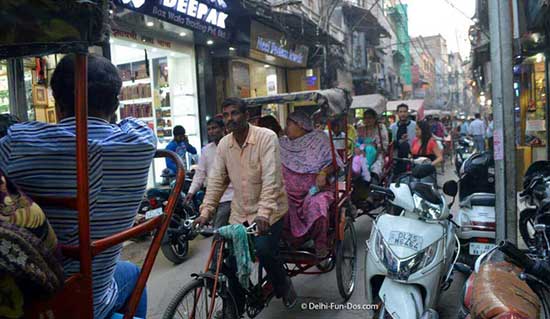
Not far from Dariba Kalan, right next to Parathe Wali Gali is Kinari Bazar. It is another serpentine lane where you get all sorts of stitching and embroidery material, fancy fabrics, gold zari borders, quaint sequins and tassels, decorative marriage paraphernalia, and party favours. Needless to say, it is an extremely colourful space with a lot of character. It takes us to another era altogether. However, this narrow lane can get very crowded at times, so if you have claustrophobia, do not go in very deep.
Khari Baoli
At the other end of Chandni Chowk is Khari Baoli, the largest wholesale spice market of Asia. If you walk or take a rickshaw, you will see shops and wheel carts carrying jars and piles of dry fruits and spices. History has it that the market has been functioning here since the 17th century. While we don’t find much to shop here, the sharp woody fragrance of the spices somehow beckons us from a mile away and we just potter in this area for fun.
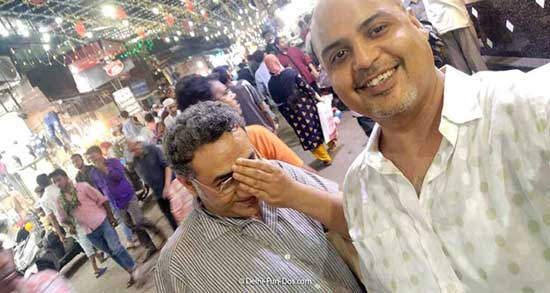
And pottering without any fixed agenda is a great way to experience Old Delhi. But if we are a traveller to a new city, combining travel, food and shopping works very well for us. The visual as well as the culinary journey completes the experience. Purani Dilli is one such zone that has some of the unforgettable sites and extraordinary food that Delhi offers. Notwithstanding you have a few days or a single day to spare, you can immerse yourself in the yesteryear charm of Old Delhi while adding a page to your travel stories.
PIN IT FOR LATER READ


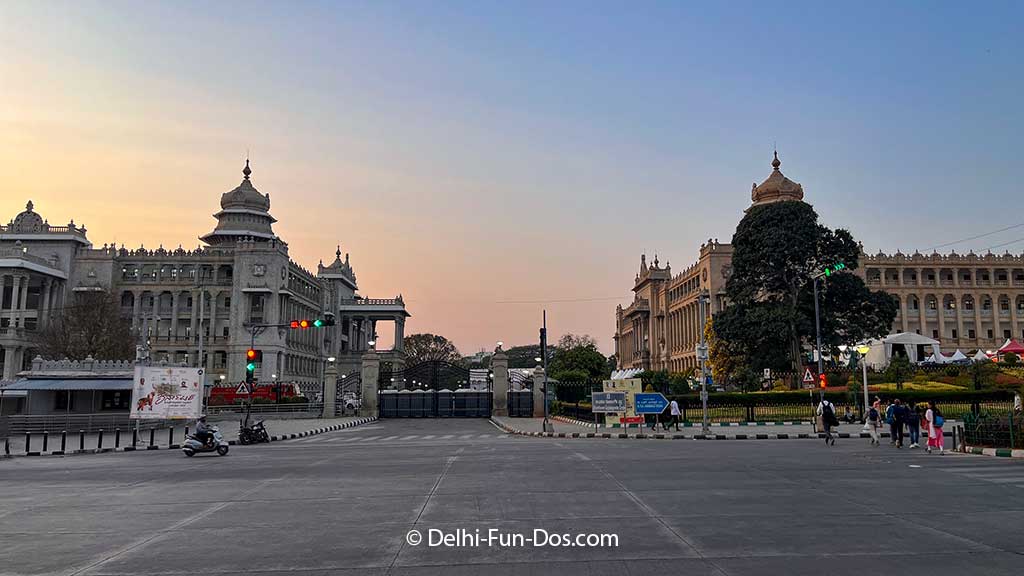
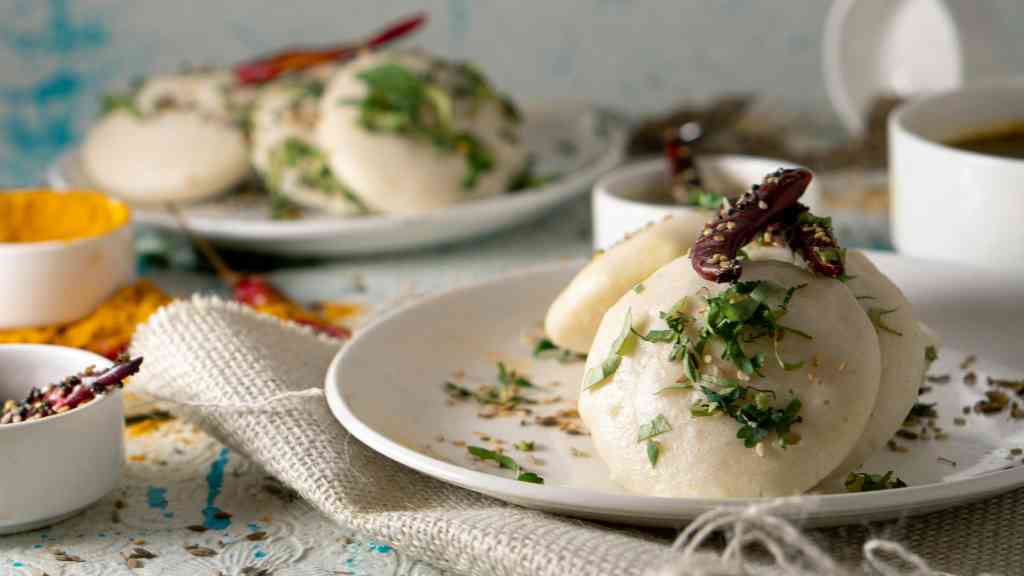
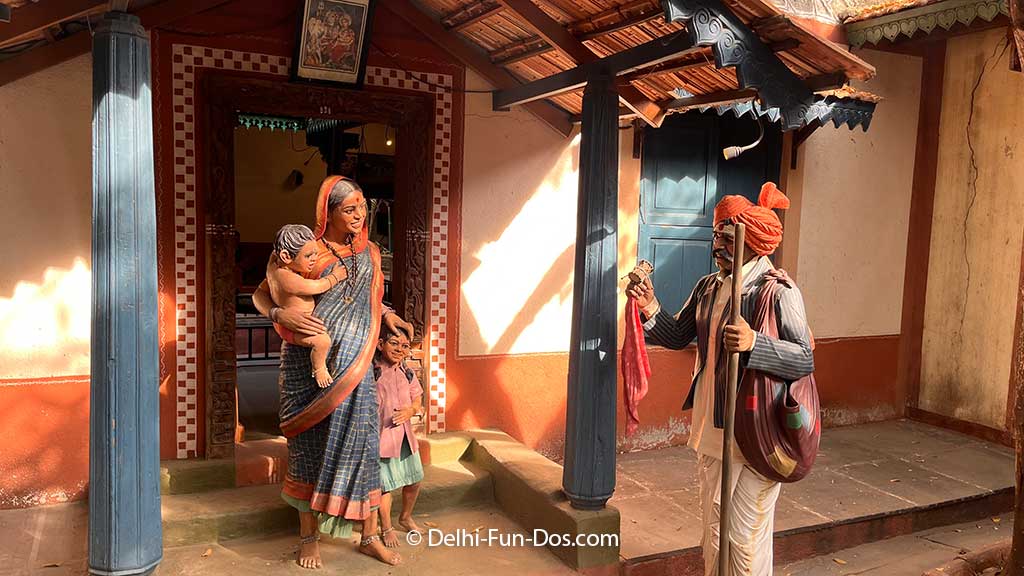
I have visited all except for the shopping places. Karim’s is famous but we didn’t enjoyed.
Will visit Old Delhi again once crisis ends.
Thanks for sharing.
About Karim’s, we think you would have to have a palate for rich, oily and spicy non-vegetarian cooking to appreciate their stuff.
Shopping and exploring in old delhi is a surely a treat. I can go on and on in its interesting galis filled with so much of unique products be it from clothes to masalas.
These spots are so beautiful! Never have been there tho, I wish I can travel there once the crisis is over.
We wish so too.
Felt I just had a virtual trip to Delhi. My cousins reside in Delhi and this post took me down through memory lane of some wonderful experiences.
Wow this is a great itinerary for those traveling to Delhi for a short while. Will pin this for the future.
Wow… Awesome places in Delhi. I have been to most of these places. Shopping near red fort is my favorite thing to do.
Woww now that’s an extensive list to explore for sure when in delhi next
Your travel and food stories makes me want to jump out of my bed and travel again. I would love to visit Old Delhi on a food trail someday. I went there a few years ago courtesy a photography tour I was part of and it was towards the end of that tour that I decided to visit the Paranthe Wali Gali.
Have watched a lot of food bloggers binging on different delicacies and always thought of visiting the place atleast once.
This is so true, I visited kinari Bazar and Matke Wali Gali, they became my favorites. Though Sundeep one needs to have lot of patience to do shopping in Old Delhi, but it is worth the effort. Well written and comprehensive article.
Oh these brought back my memories to Red Fort and Paranthe ki galli. So good. It is definitely worth visiting these two places. However I have not been to the others and I would love to go for shopping as well.
Also, I was thinking I would have loved to have visited the Gurudwara and the masjid the last time I was in Delhi. I believe in all faith and they would have been such beautiful memories if I had visited them both. That’s okay the next time I am in Delhi I will make sure I visit these two.
Old Delhi is literally like a feast to the senses. While heritage and history beckon at every nook and corner, the tantalizing aromas of food emanate seductively from the historic food joints. Red Fort is of course an integral part of India’s history, but the Parathewali Gali too stands out with the enticing fare that it dishes out.
I haven’t been to Delhi , but this is an guide to me , very helpful. Thank you . Pictures are amazing very colourful.